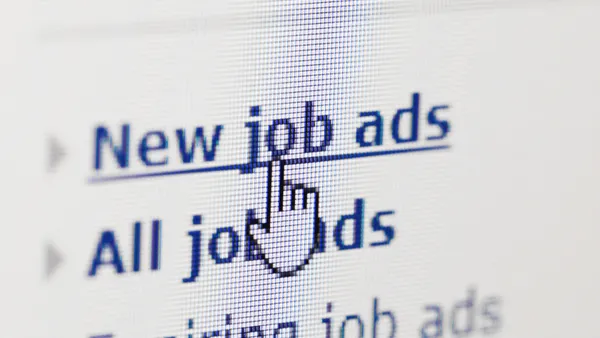Dive Brief:
- While nearly everyone is concerned about layoffs — according to more than 99% of HR leaders and 8 in 10 white collar workers who responded to a recent Lee Hecht Harrison survey — there is a marked disconnect between the support services HR pros say they make available during layoffs, and what employees say they receive.
- Comprehensive support can go a long way to protect against low morale and negative publicity, talent services provider LHH emphasized in the report. This requires three critical practices, it advised HR prioritize: (1) empathetic leadership, where corporate leaders recognize and understand layoffs cause emotional distress and help ensure that outgoing employees have up-to-date skills for future opportunities; (2) exploring alternatives, such as reskilling, upskilling and redeploying employees, which address skills shortages and employee desire to re-imagine their careers; and (3) communicating effectively and transparently across the organization.
- “Employers should strive to lessen the impact on department employees as well as those who remain,” John Morgan, LHH group SVP for career transition and mobility and leadership development, stated in the report. “Show, with your actions, that you have confidence these outgoing employees are capable of thriving elsewhere – it is both a way to protect your employer brand and, more importantly, the right thing to do,” Morgan said. For the report, LHH surveyed more than 7,000 white collar workers and 2,500 HR leaders from organizations with 500 or more employees in the U.S., U.K., Australia, Canada and France.
Dive Insight:
Layoff support reported by HR leaders and employees
The LHH report may be a wake-up call for CEOs, who have been increasingly perceived by HR professionals and employees as lacking empathy.
In particular, 68% of HR professionals said they view their CEOs as empathetic, a 16-point decline from 2022 and the lowest level ever reported, according to a May report from HR services firm Businessolver.
The findings should motivate CEOs “to check their perceived realities against the workplace realities of their employees, as the data shows far more disconnect than alignment,” Businessolver’s CEO stated when the report was released.
Corporate execs who lead with empathy can help control two of the main drivers behind why layoffs attract outsized publicity — the sheer scale of layoffs and the lack of sensitivity over how they were handled, LHH suggested.
For example, by promoting redeployment — moving people into vacant positions within the business — organizations and their leadership can “help keep the number of people laid off as low as possible and demonstrate that the organization remains committed to its people’s welfare, even during difficult times,” the LHH report noted.
Redeployments also can help address what HR leaders told LHH were their top layoff concerns: the inability to achieve business objectives; trouble recruiting and hiring new talent due to skill shortages; and disengagement by remaining employees.
In addition, corporate empathy enables leaders to be sensitive to employee needs, another driver of reputation.
And workers have clear views about how layoffs should be conducted, a February survey by Eagle Hill Consulting revealed. More than 8 in 10 of the nearly 1,400 employees surveyed said layoffs via email are wrong; 72% said they prefer to be told in person.
The LHH report also had a few tips for HR pros for addressing the disconnect around layoff support services: To close the knowledge gap, help employees better understand what services are available, and base these services on what employees say they want, not what HR thinks they want.













